In recent years, I’m sure you’ve noticed growing numbers of pop-up stores, galleries, and restaurants in your neighborhood. If not, you will. The pop-up trend is exploding across the country, and the increased frequency of these temporary outlets are quickly becoming a normal part of the retail landscape, especially for those of us who live in urban communities. There are really two significant phenomena driving this trend: the decline of brick-and-mortar stores as they continue to die by the hand of the internet giants, leaving a wake of empty storefronts behind; and the resulting eagerness (and sometimes desperation) of surviving brick-and-mortar stores seeking new locals, with the hope of finding stronger markets for their business, which might better support their old-school model — a model that carries with it the necessity to vend actual products, live and in person, rather than just by way of 72 ppi jpegs on an iPhone or laptop.
The art gallery is one of those old-school businesses; they can’t simply post low-resolution photos of artworks and expect buyers to hand over thousands of dollars, all the while having never seen the work in person. So art galleries are perfect candidates for taking advantage of the pop-up concept. Such a flexible, short-term, low-commitment venue gives them the opportunity to experiment with new locations that might have timely foot traffic or hidden pockets of art collectors.
Not just gallery owners but artists, too, are catching on to the pop-up craze. Some artists are beginning to seek out empty retail spaces for temporary exhibitions and performances. It’s no surprise that this low cost option is attractive to artists, and, in fact, it’s not an entirely new concept for them. For decades artists and artist cooperatives have used their own buildings and studios as a kind of pop-up space, though they’re traditionally referred to as “open studios” rather than pop-ups.
There are hurdles to overcome, of course. Landlords, although often eager to fill their spaces (rather then leave them stripped and empty with the lights off), generally have rules and restrictions. Furthermore, they typically don’t like disruptions from their normal business. This, not to mention that, as a rule, they don’t like to give their space away for free. Rent can be expensive. Plus, there’s invariably an elaborate contract involved, and often insurance requirements, and more.
Personally, I have come to like the idea of a pop-up gallery, but I’m not entirely convinced that the cost is justifiable, at least not at this time. It’s just not practical for me to put all my time and money into securing a retail space right now, even if it would be over and done within a month, and even though I might sell a piece or two. My current time commitments and fiscal dilemma are not enough to dissuade me entirely, however. I’m definitely putting the pop-up gallery on my wish list, especially since I have actually experimented with it a bit, albeit on an extremely small scale.
Recently, I did a micro-trial-version of a pop-up gallery with the help of my family and friends. We created it in the garage! Yep, that’s right…in our garage…Sanford & Son style.
Needless to say, this is not a breakthrough concept; as I said earlier, artist have been doing open studio events for decades, sometimes out of a garage. It’s more of a “twist” on an old favorite—a hybrid of the open studio concept and the pop-up gallery. By this I mean that I didn’t do it to draw in a stream of high-society art buyers (and, truth be told, I didn’t even put price tags on the work this time.) I did it to simply share some of my most recent work (fresh off the easel) with friends, colleagues, fellow artists, and neighbors, with a few strategic goals in mind.
The whole exercise was all about kicking off a new series of paintings (see paintings here) with the hope of rallying my inner circle to provide valuable creative feedback and more. Far better than just sharing dialog about my art on a one-to-one basis, I also engaged my guests in a manner that would encourage ideas for marketing my work, especially any assistance that might help build my online presence. The end game here was to examine the reactions and terminology shared about my work with the aim of using that information not as fodder for future work but as a kind of focus group data, which might help me better position my work for future sales.
In essence, I threw a friendly outdoor party (with beer, wine, cheese, appetizers, and munchies), but with a backdrop that served as an open gallery space and forum for creative discussion. I invited a fellow artist to display some of his work as well (ceramic sculptures), which added aesthetic variety to the space. The combination afforded a great deal of give and take, providing guests ample opportunity to share all sorts of interesting and fun ideas. The experience was both low-key and enriching all at once. It was something like a powwow, purposeful and social at the same time, with art at the center of it. The feedback, reactions, and general vibe was so positive and informative that I would encourage any artist to give it a try. I know I’ll be doing it again.
If you’d like to host your own garage-gallery pop-up event, here’s a list of things you’ll need:
1. Invitation and List of Guests: Use any Evite tool you like, and invite anyone you’d normally invite to a block party, holiday, work or social event, etc., and expand your list to the extent that your space allows. Be sure to put a start and end time on the invitation (e.g., 3:00PM to 6:00PM). You can always have your closest friends stay afterwards to “clean up” the remaining unopened beverages.
2. Clean and Empty Garage: We removed all the bikes, lawn tools, etc., placing them behind the garage. (You can also cover unsightly things with tarps or fabric.)
3. Artwork: In addition to your own work, ask one or two friends to bring a few of their pieces, preferably in different media.
4. Hanging Lights (6 to 10): We used cheap clamp lights, which we clipped to the rafters over each painting.
5. Extension chords and Power Strips: we ran one extension chord to the rafters and connected two power strips to it, sufficient to power 3 banks of lights.
6. Tables and Chairs: We set up 3 folding tables. One along the back wall to display the ceramic sculptures, and two outside the garage to accommodate the spread of food and beverages. Folding chairs and side tables give people the option to sit, eat, and rap.
7. Outdoor Party Supplies: Coolers for beer and white wine, utensils, cups, plates, napkins, bottle openers, trash bins, etc.
8. Rugs and Tent (optional): We used two old rugs to cover some grease spots. We didn’t rent a tent, but if you’re concerned about rain, it’s a good option to keep in mind.
9. Signage (optional): For our first run, we didn’t place signage out front or post flyers, but if you’re comfortable with drop-ins then, at minimum, consider an “Open Studio” sign out front.
The entire event should cost anywhere between $200 to $600, depending on how big or lavish you choose to go. In any case, it’s a small price to pay for what you’ll get out of it. You may even sell a piece or two.
(If you’d like to see some of the work I showed at my pop-up gallery party, click here.)

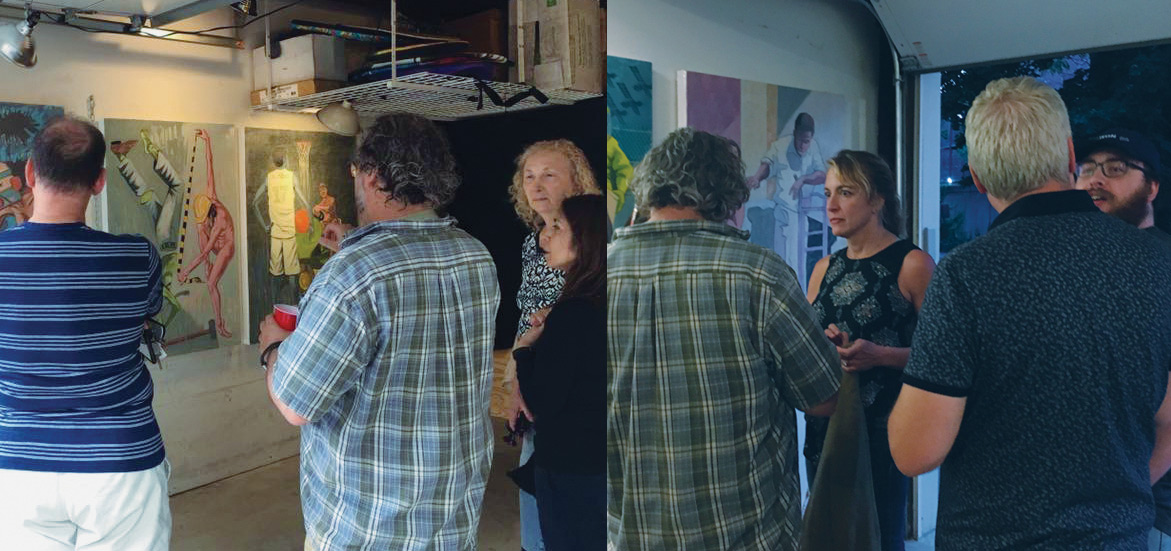
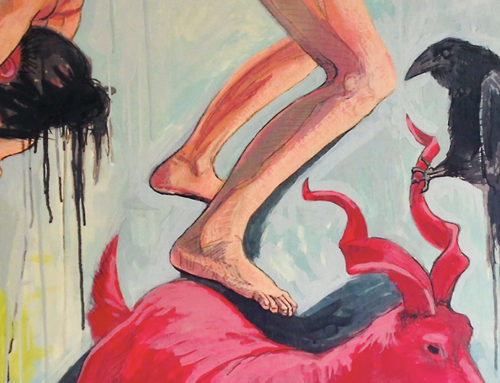
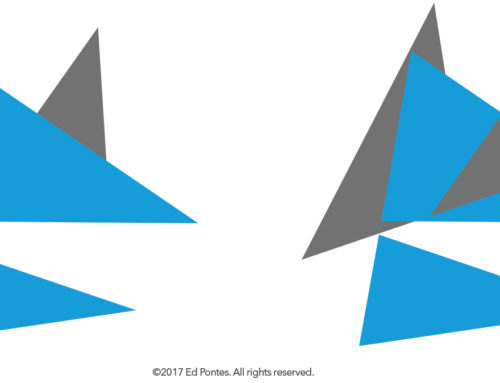
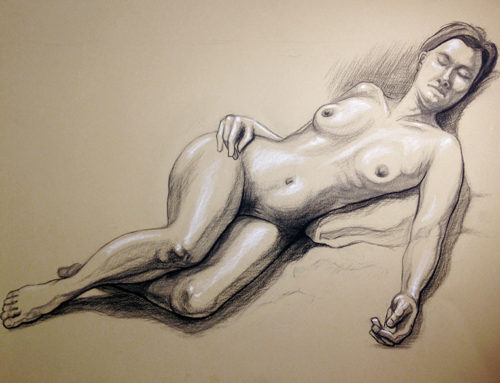
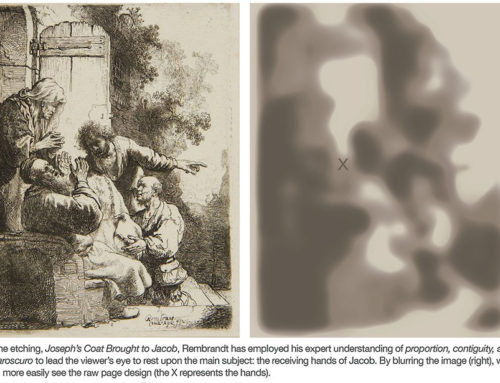
[…] Home/Art Exhibit, Drawing, Fine Art, Painting/Some Recent Work from My Open Studio Event Previous Next […]